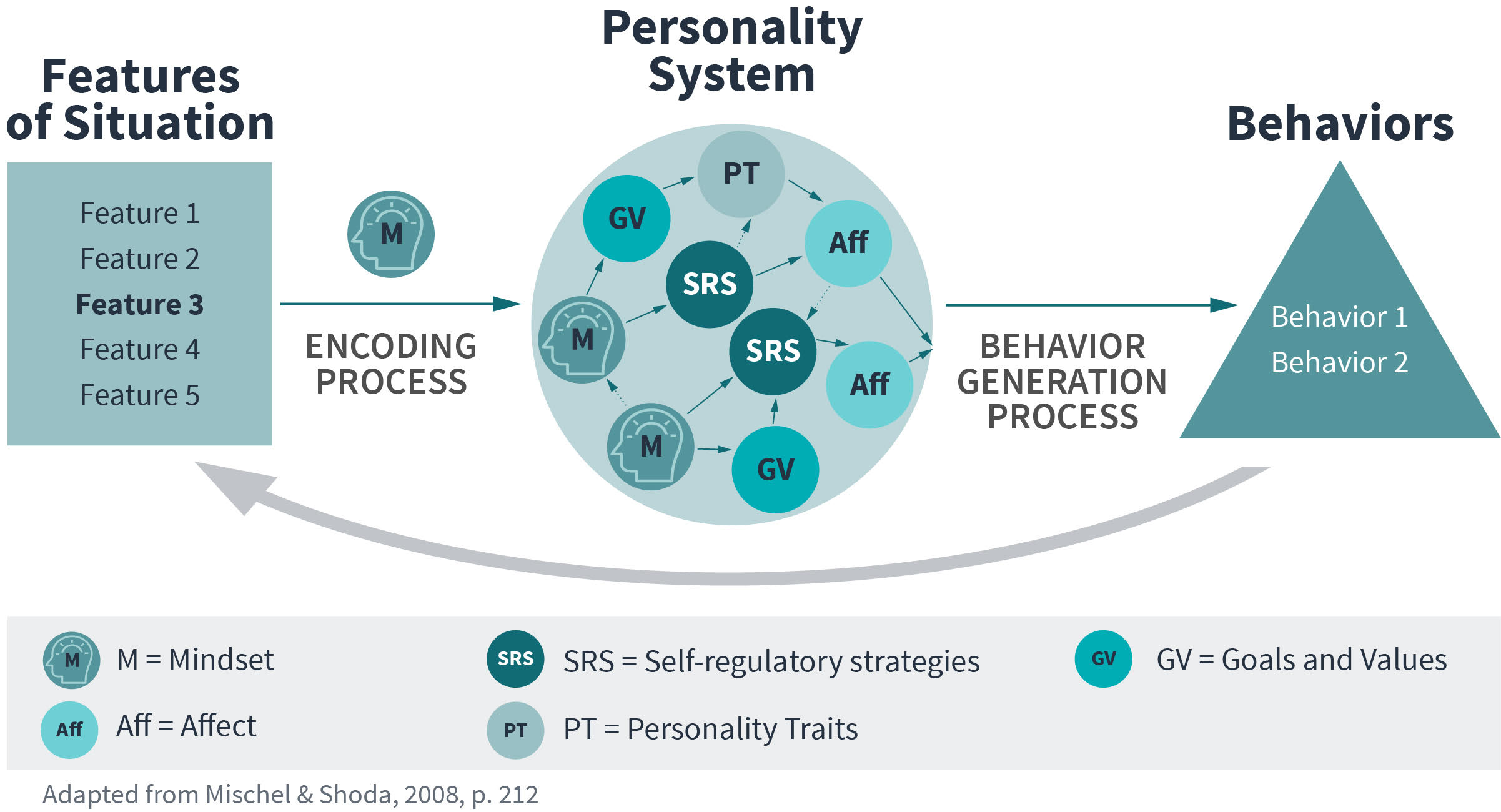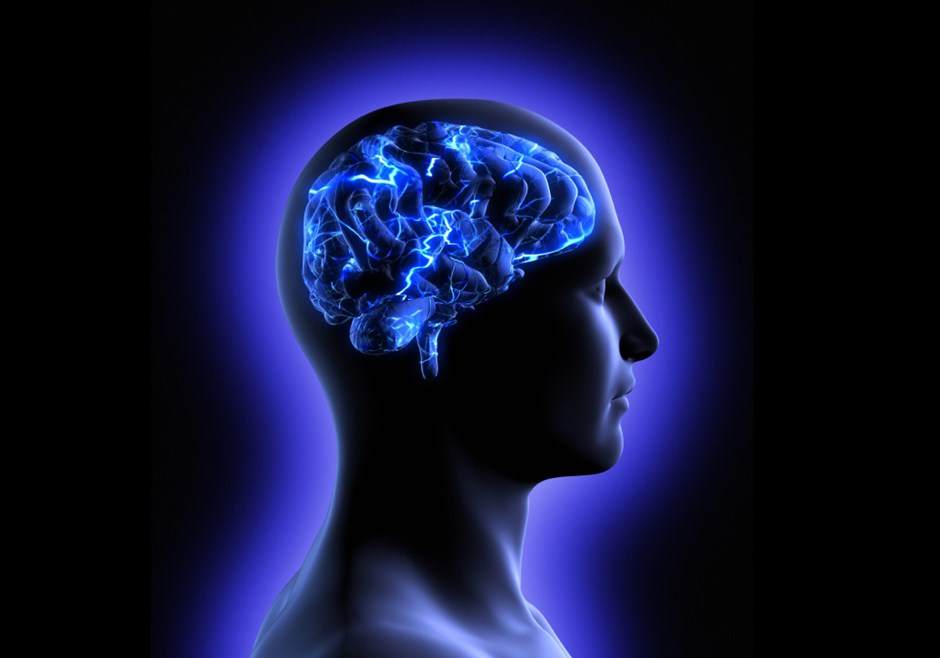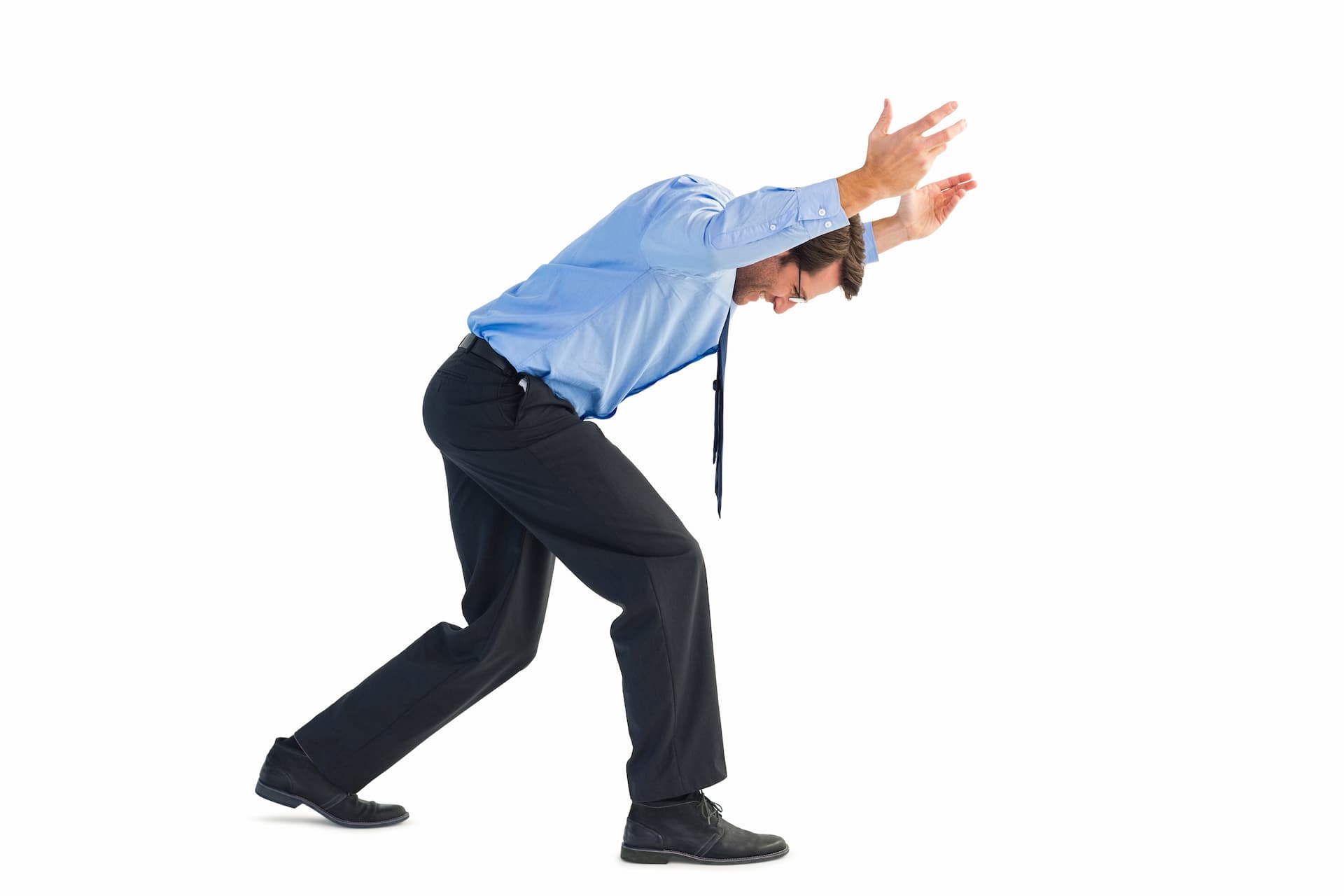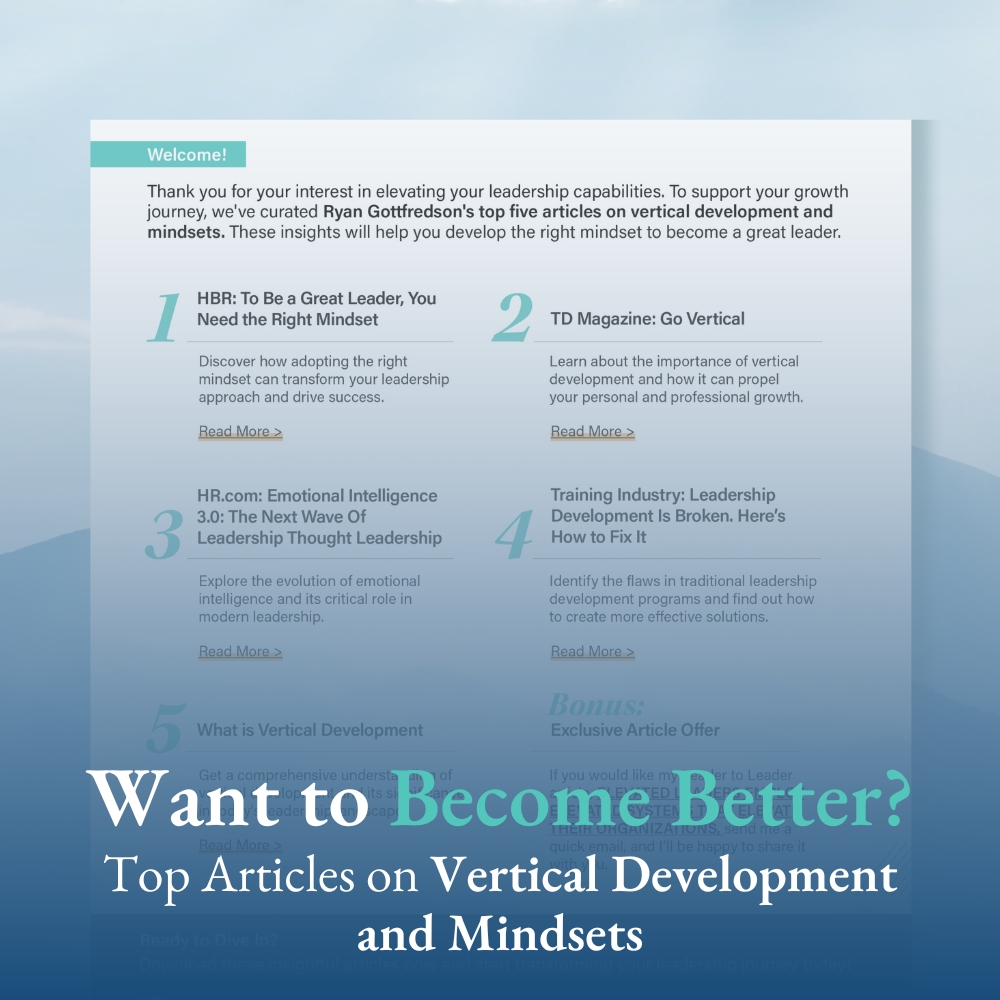Do you want to:
- Be successful?
- Live life to its fullest?
- Establish and sustain meaningful relationships?
- Capitalize on your work opportunities?
- Be the best support to others that you can be?
To me, it seems logical that if you want to do these things, you need to be intelligent about your life. You need to understand why you do what you do.
Do you understand why you do what you do?
I didn’t know this until a couple of years ago, but 90% of our thinking, feeling, judging, and acting is driven by our nonconscious automatic processes.
The nonconscious element of this idea suggests that most of us don’t know why we do what we do and that we may not be very “intelligent about our life.”
Enhancing Our Intelligence about Our Life
But, what if we can awaken to what is nonconsciously driving our life? What if we can make the nonconscious conscious?
I believe that we will become more intelligent about our lives and improve our ability to do the list of five bullet points above.
This leads to the following question:
What Drives Our Nonconscious Automatic Processes?
Our mindsets are what drive our nonconscious automatic processes.

Our mindsets are the mental lenses that perform two primary functions and serve one primary role.
The Two Primary Functions of Mindsets
Our brain is an energy efficiency expert. It wants to process as little as possible to inform how we should operate.
So, when we walk into a new situation or environment, that situation or environment has thousands, if not millions, of cues. Our brain doesn’t want to, nor does it have the capacity, to take in all of these cues as it seeks to figure out how to best navigate that situation or environment.
Thus, it relies on our mindsets to perform two functions:
First, our mindsets identify the select cues that we will take in.

For example, if we are scared of clowns and there is a picture of a clown on the wall, that will likely be a cue we take in. But, we probably won’t process that picture if we are not scared of clowns.
Second, our mindsets interpret those cues in a unique way.

For example, if we watched the Movie IT as a child and have been “scarred for life,” we are likely to interpret the picture of the clown as indicating that this environment is unsafe. But, if you grew up going to rodeos, you will likely interpret the picture in a much more positive way.
The Primary Role of Mindsets
These two functions, identifying and interpreting select cues in our environment, form the basis for the primary role our mindsets play in our environment. They activate different elements about ourselves (e.g., personality, goals, self-regulatory processes, emotions) so that we can best navigate the situations we encounter.
These different elements about ourselves can be broadly categorized as our personality system.
So, the primary role our mindsets play is that they activate elements of our personality system.
And depending upon the cues identified and how they are interpreted based upon our mindsets, different elements of our personality system become activated.
This means that across different situations we encounter that possess different cues, we present a slightly different version of ourselves because only a portion of who we are gets activated. We call this a personality state. So, across situations with different cues, we use different personality states.
For example, if we are introverted, and we walk into a situation where we don’t know anyone, our level of introversion is going to be amped up. But, if we walk into a situation where we know people, our level of introversion is going to be suppressed.
But, if we encounter two situations that share the same cues, the same personality state will become activated.
Here is what this looks like in the form of a model:

CAPS Framework
This is called the Cognitive-Affective Processing System framework. This is perhaps the best explanation for why we do what we do.
It suggests that why we do what we do is a combination of who we are (our personality system) and the environments we encounter.
It also identifies the most foundational aspect of why we do what we do: our mindsets. This framework allows us to see that it is our mindsets that encode the situations we encounter, and that encoding activates our personality system and subsequent behaviors.
In other words, our mindsets activate our processing and behavioral dispositions.
What this Means for Us
If we can better understand this framework, and correspondingly, why we do what we do, we start to make the unconscious conscious. Not only do we become more intelligent about our life, but we become empowered to learn about and change our mindsets so that we can process and behave more effectively.
The basic idea is: If we can improve our mindsets, and how we see and interpret our world, we will be able to navigate it more effectively.
If you want to learn more about specific mindsets that dictate how we see the world, and if you want to learn the quality of your mindsets, take this FREE personal mindset:
It will provide you with an individualized and comprehensive report that:
- Identifies four different sets of mindsets and provides information on each
- Provides you with an indication of the quality of your mindsets (do you see the world in a way that is most optimal for success?)
- Guides you on how to improve your mindsets










